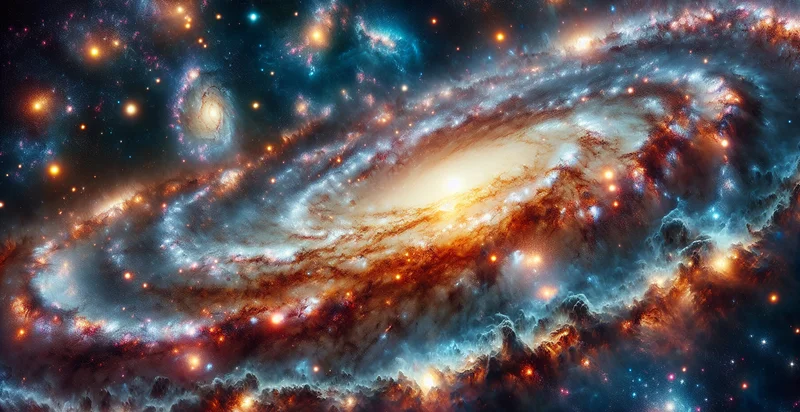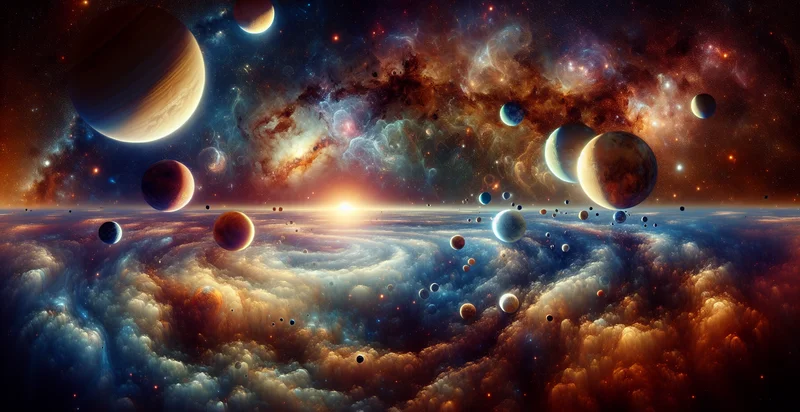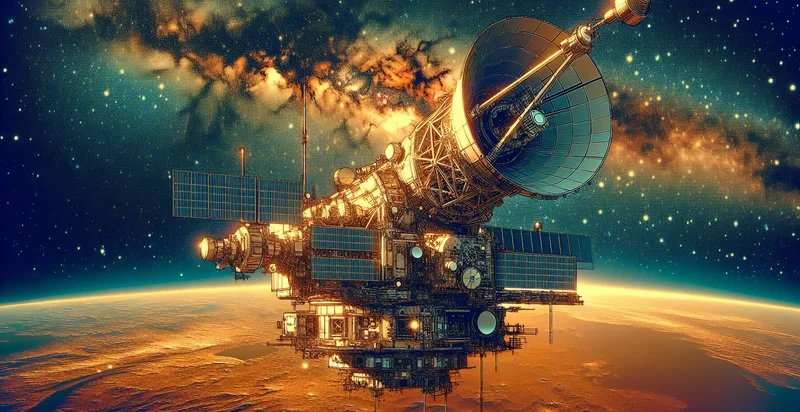Identify is this a cosmos
using AI
Below is a free classifier to identify is this a cosmos. Just upload your image, and our AI will predict if it's a cosmos - in just seconds.

Contact us for API access
Or, use Nyckel to build highly-accurate custom classifiers in just minutes. No PhD required.
Get started
import nyckel
credentials = nyckel.Credentials("YOUR_CLIENT_ID", "YOUR_CLIENT_SECRET")
nyckel.invoke("is-this-a-cosmos", "your_image_url", credentials)
fetch('https://www.nyckel.com/v1/functions/is-this-a-cosmos/invoke', {
method: 'POST',
headers: {
'Authorization': 'Bearer ' + 'YOUR_BEARER_TOKEN',
'Content-Type': 'application/json',
},
body: JSON.stringify(
{"data": "your_image_url"}
)
})
.then(response => response.json())
.then(data => console.log(data));
curl -X POST \
-H "Content-Type: application/json" \
-H "Authorization: Bearer YOUR_BEARER_TOKEN" \
-d '{"data": "your_image_url"}' \
https://www.nyckel.com/v1/functions/is-this-a-cosmos/invoke
How this classifier works
To start, upload your image. Our AI tool will then predict if it's a cosmos.
This pretrained image model uses a Nyckel-created dataset and has 2 labels, including No This Is Not A Cosmos and Yes This Is A Cosmos.
We'll also show a confidence score (the higher the number, the more confident the AI model is around if it's a cosmos).
Whether you're just curious or building is this a cosmos detection into your application, we hope our classifier proves helpful.
Related Classifiers
Need to identify is this a cosmos at scale?
Get API or Zapier access to this classifier for free. It's perfect for:
- Astronomy Research Tool: Researchers can use the "is this a cosmos" identifier to automate the classification of astronomical images, speeding up the identification of cosmic structures and phenomena. This could enhance data accuracy and support researchers in making significant discoveries in the field of astrophysics.
- Space Exploration Planning: Space agencies can implement this function to analyze images captured by spacecraft and satellites, determining whether observed regions are of cosmic significance. This can inform mission planning and resource allocation for deep space exploration missions.
- Astrobiology Studies: Scientists engaged in astrobiology can utilize the identifier to filter images taken of planetary bodies for signs of cosmic activity indicative of potential life. By narrowing down observations, researchers can focus their investigations on the most promising areas.
- Educational Tools for Students: Educational institutions can integrate this classification function into learning platforms to help students grasp complex concepts in astronomy. Students can engage in interactive learning by categorizing images and understanding the characteristics of cosmic entities.
- Social Media Astronomy Apps: Developers of social media applications can use this function to enhance user-generated content by classifying amateur astronomers' images of celestial events. This could create a vibrant community where enthusiasts share and learn about cosmic phenomena.
- Robotic Telescope Automation: Automated robotic telescopes can implement the identifier to make real-time decisions on which images to retain and analyze based on cosmic characteristics. This would optimize data collection and improve the efficiency of observational campaigns.
- Artificial Intelligence Training Dataset Generation: AI developers can use the "is this a cosmos" identifier to create robust datasets for training machine learning models in image recognition. This can advance AI research in astronomical image classification and improve the capabilities of AI systems in identifying cosmic patterns.


